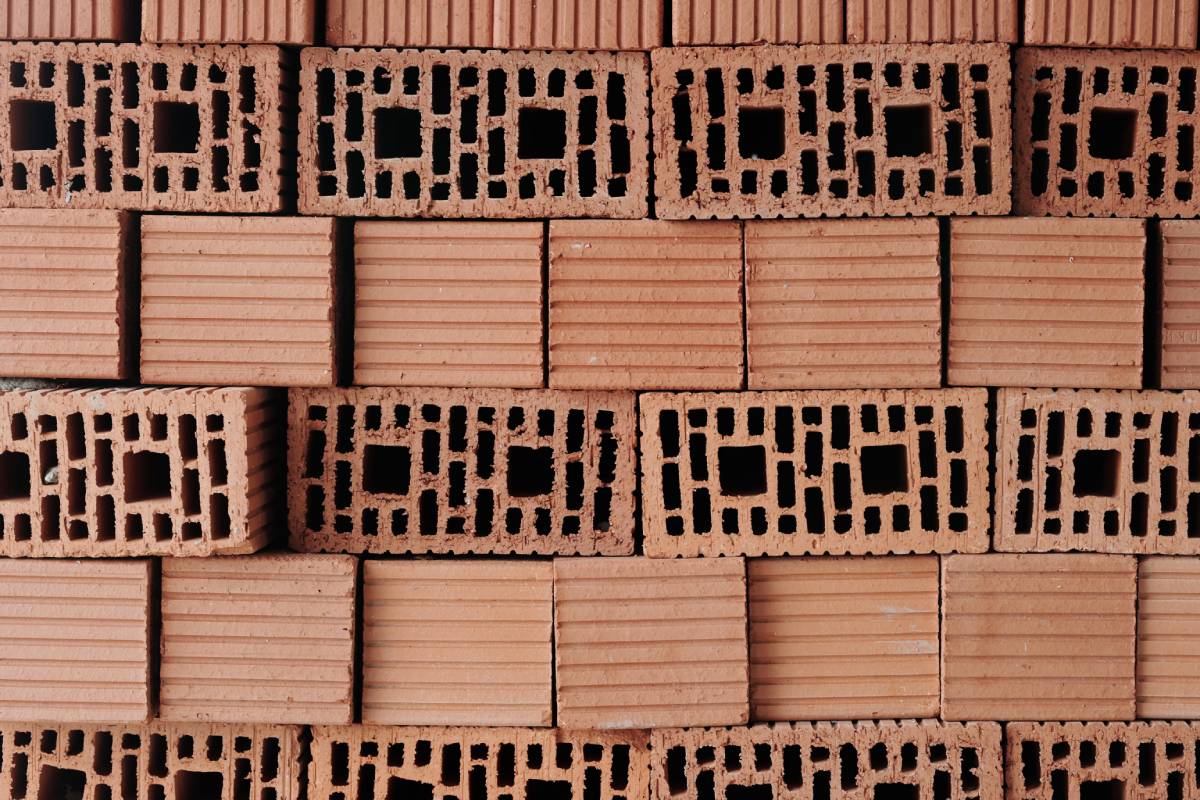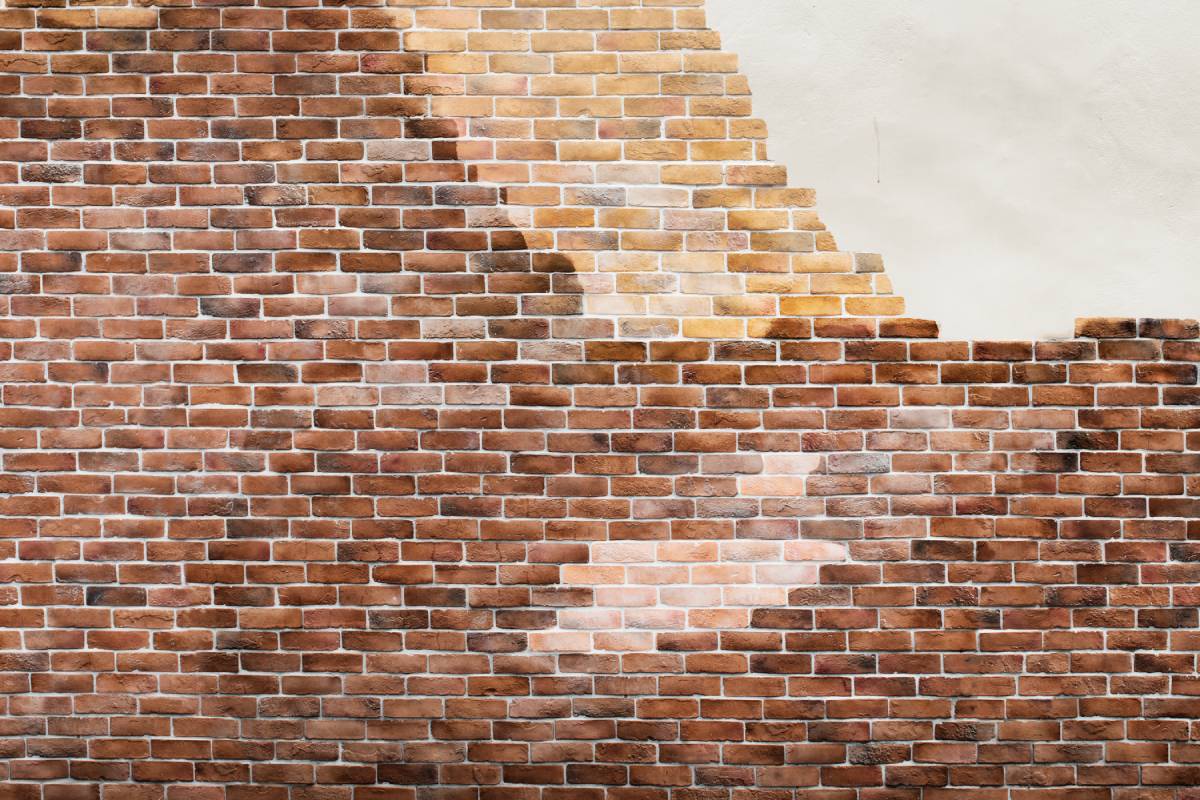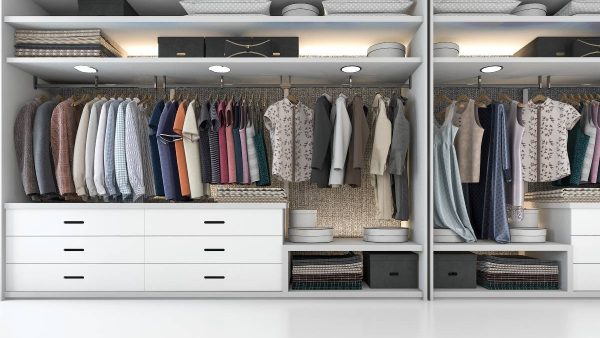When it comes to building your dream home or renovating an existing one, the materials you choose can make a big difference. One popular option is brick, known for its timeless appeal and strength. But within the world of brick construction, there are two main methods: brick veneer and double brick.
In this article, we’ll take a closer look at these methods to help you understand their benefits and drawbacks. Whether you’re planning a new project or considering upgrades, knowing the differences between brick veneer and double brick can guide you toward making the right choice for your home.
Let’s dive in and explore the ins and outs of these two building techniques, so you can make informed decisions and create a space that’s both beautiful and durable.
Related article:
- What counts as a plumbing emergency in Australian homes? What are the main types and how to avoid them?
- When is it time to paint your house? How much does it cost to paint a house’s interior and exterior in Australia?
What is brick veneer?
Brick veneer is like a superhero disguise for your home – it gives the appearance of a solid brick wall but is actually a clever facade. Let’s break it down.
Imagine you’re building a house. You want it to look sturdy and classic, like it’s been there for ages, weathering storms and standing strong. However, using solid bricks for the entire structure would be super expensive and not very practical. That’s where brick veneer comes in.
Brick veneer is a construction method where a layer of bricks is applied to the outside of a building, kind of like a jacket. But instead of keeping you warm, it keeps your house looking stylish and durable. Here’s how it works:
- The Frame: Every superhero needs a strong skeleton, right? Well, your house’s frame is like its skeleton. It’s usually made of wood or metal and forms the structure of the building.
- The Veneer: Now, imagine putting on a costume. That’s what the brick veneer does. It’s a layer of bricks that gets attached to the outside of the frame. This layer is usually about one brick thick, so it doesn’t add a ton of weight to the structure.
- The Gap: Here’s where things get sneaky. There’s a gap between the brick veneer and the frame of the house. This gap acts like a buffer zone, keeping water away from the frame and allowing air to flow, which helps with insulation and moisture control.
- The Support: Even superheroes need a sidekick sometimes. In the case of brick veneer, that sidekick is usually a layer of insulation material. This goes between the frame and the interior wall, helping to regulate temperature and keep your home cosy.
So, why choose brick veneer over solid brick? Well, for one, it’s way cheaper. Solid brick construction requires a lot more material and labour, driving up the cost. Plus, brick veneer is lighter, so it’s easier to work with and puts less stress on the foundation of your house.
But just because it’s cheaper doesn’t mean it’s flimsy. Brick veneer is still super durable and can last for decades if properly maintained. Plus, it gives you all the aesthetic benefits of a brick exterior without breaking the bank.
Long story short, brick veneer is like the Clark Kent of construction – it looks unassuming but packs a powerful punch. It’s a cost-effective way to give your home that classic brick look while still keeping it sturdy and stylish. So, the next time you see a house with brick walls, take a closer look – it might just be wearing a veneer disguise.
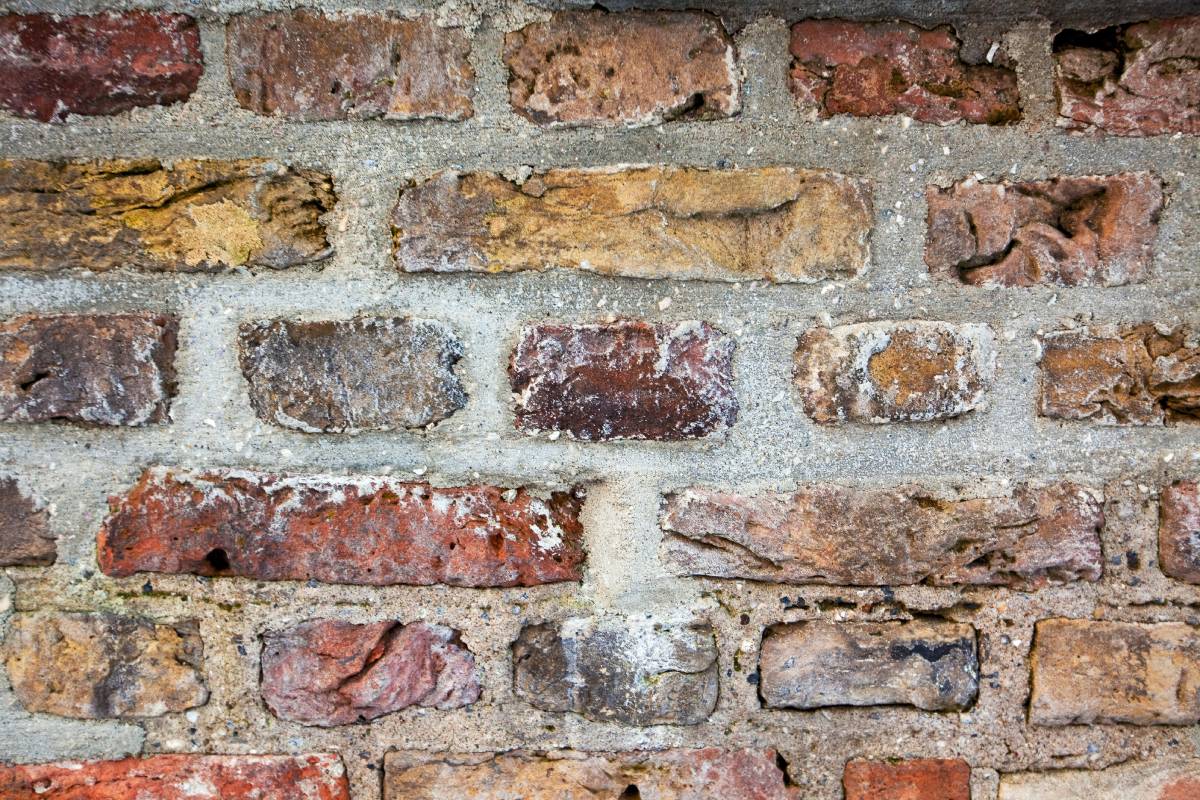
What are the pros and cons of brick veneer?
Pros:
- Aesthetic Appeal: Brick veneer provides a classic and timeless look to a building. It adds a sense of warmth, texture, and charm that many homeowners desire.
- Cost-Effective: Compared to solid brick construction, brick veneer is generally more affordable. It allows homeowners to achieve the look of brick without the hefty price tag associated with solid brick walls.
- Lightweight: Brick veneer is lighter in weight compared to solid brick, which means it puts less stress on the building’s foundation and structure. This can result in potential cost savings during construction.
- Insulation: The gap between the brick veneer and the frame of the building allows for the installation of insulation materials, improving the energy efficiency of the structure. This can lead to lower heating and cooling costs over time.
- Versatility: Brick veneer comes in a variety of colours, textures, and patterns, offering homeowners plenty of options to customize the appearance of their building to suit their preferences.
Cons:
- Maintenance: While brick veneer is durable, it still requires regular maintenance to keep it in good condition. This may include occasional cleaning, repointing mortar joints, and addressing any cracks or damage that may occur over time.
- Moisture Concerns: Improper installation or inadequate moisture management behind the brick veneer can lead to moisture infiltration and potential issues such as mould, mildew, and rot. Proper flashing, weep holes, and drainage systems are essential to prevent moisture-related problems.
- Limited Load-Bearing Capacity: Unlike solid brick walls, brick veneer does not contribute significantly to the structural integrity of the building. It relies on the underlying frame for support, which may limit its use in certain applications where load-bearing capacity is crucial.
- Initial Investment: While brick veneer is generally more cost-effective than solid brick construction, it still requires a significant initial investment compared to other siding options such as vinyl or fibre cement. Homeowners should consider their budget carefully when choosing brick veneer.
- Installation Complexity: Proper installation of brick veneer requires skill and expertise to ensure that it is done correctly. Poor installation can result in issues such as bulging, cracking, or detachment of the veneer, leading to costly repairs down the line.
What is double brick?
Imagine your home as a fortress, standing strong against the elements. Now, picture it with not just one layer of protection, but two. That’s the essence of double brick construction – a robust building method that offers exceptional durability and insulation. Let’s break it down:
The Basics:
Double brick construction is a building technique where two layers of bricks are laid to form the exterior walls of a structure. These layers are typically separated by a gap, known as a cavity, which provides several benefits we’ll explore shortly.
How It Works:
- The Inner Layer: Just like the foundation of a superhero, the inner layer of bricks forms the backbone of the wall. It’s usually made of load-bearing bricks that provide structural support to the building.
- The Cavity: Picture a secret passage between two castle walls – that’s the cavity in double brick construction. It’s a space between the inner and outer layers of bricks, typically filled with air or insulation material. This gap acts as a barrier against heat transfer, keeping the interior of the building comfortable in both hot and cold weather.
- The Outer Layer: Think of the outer layer as the fortress wall protecting the kingdom. It’s made of non-load-bearing bricks that shield the building from the elements, such as rain, wind, and even noise.
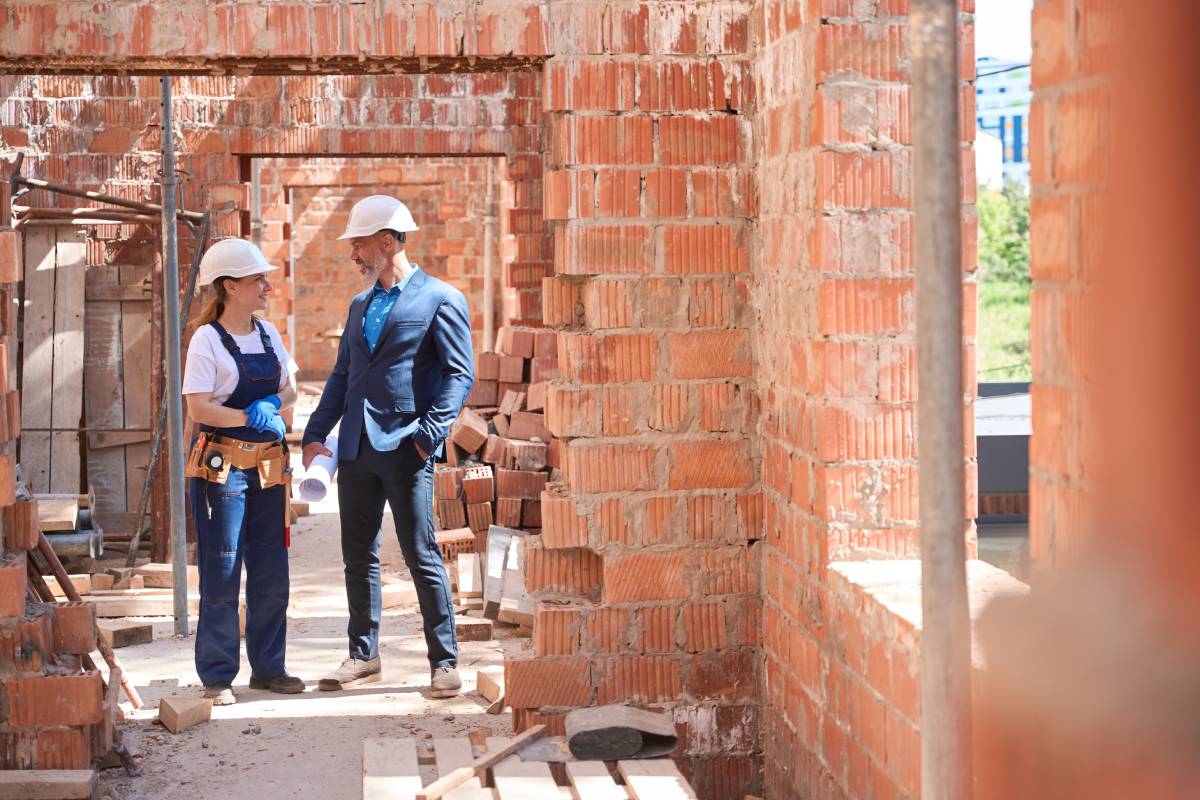
What are the pros and cons of double brick?
Pros:
- Exceptional Insulation: The cavity between the two layers of bricks provides excellent thermal insulation. This means your home stays cooler in the summer and warmer in the winter, reducing the need for excessive heating or cooling and lowering energy bills.
- Soundproofing: Like a fortress wall muffling the sounds of battle, double brick construction offers superior sound insulation. It helps block out external noise, creating a quieter and more peaceful indoor environment.
- Fire Resistance: Brick is inherently fire-resistant, and with two layers of it, double brick construction provides added protection against fire spread. This can enhance the safety of occupants and reduce the risk of damage during a fire incident.
- Durability: Brick is known for its durability and longevity, and with double brick construction, you get twice the strength. It can withstand various weather conditions, resist pests, and maintain its structural integrity for decades with minimal maintenance.
- Aesthetic Appeal: Double brick walls have a timeless and classic look that adds charm and character to any building. They offer a sense of solidity and permanence, making them a popular choice among homeowners and architects alike.
Cons:
- Cost: While double brick construction offers numerous benefits, it can be more expensive compared to other building methods due to the additional materials and labour involved. However, many homeowners see it as a worthwhile investment in the long run due to its durability and energy efficiency.
- Weight: Double brick walls are heavier than single brick or lightweight construction methods, which may require careful consideration of the building’s foundation and structural support.
Cost Comparison: Brick Veneer vs. Double Brick
When it comes to the cost of construction, brick veneer and double brick each have their own price tags. Let’s break down the expenses for each option to help you make an informed decision.
Brick Veneer
Brick veneer tends to be the more budget-friendly choice compared to double brick. This is because it requires fewer materials and involves less labour. For a standard home constructed with brick veneer, you can expect to spend between $10,000 and $25,000, depending on the size of the area.
In addition to material costs, you’ll need to factor in labour expenses for a bricklayer, typically ranging from $50 to $100 per hour. The overall time taken for construction is usually less compared to double brick, further reducing labour costs.
Double Brick
On the other hand, double brick construction comes with a heftier price tag. The cost can vary depending on factors such as the size of the house and the rates of the tradespeople involved. Generally, you can anticipate spending between $20,000 and $40,000 for double brick materials, installation, and associated costs.
Similar to brick veneer, you’ll also need to hire a bricklayer, with hourly rates ranging from $50 to $100. It’s advisable to obtain quotes from multiple bricklayers to find the best option for your project.
While double brick may be more expensive upfront, it’s important to consider its long-term value. Double brick homes are known for their durability and longevity, potentially offsetting higher initial costs with lower heating and cooling expenses over time. Additionally, double brick construction can enhance the resale value of your home.

